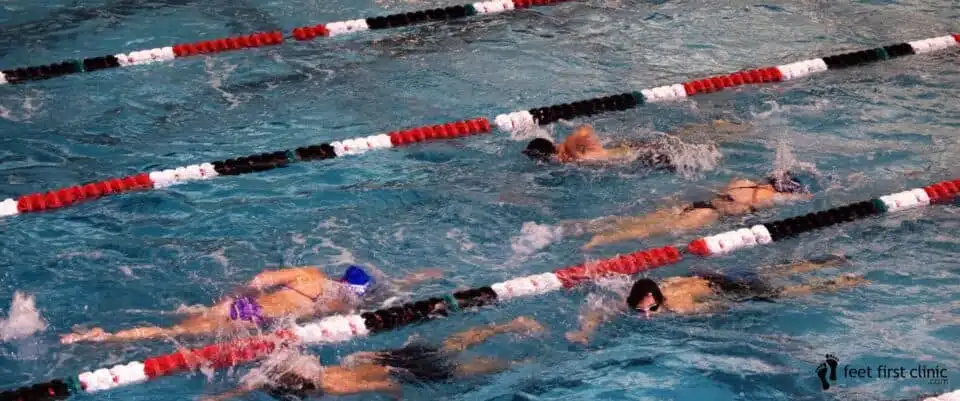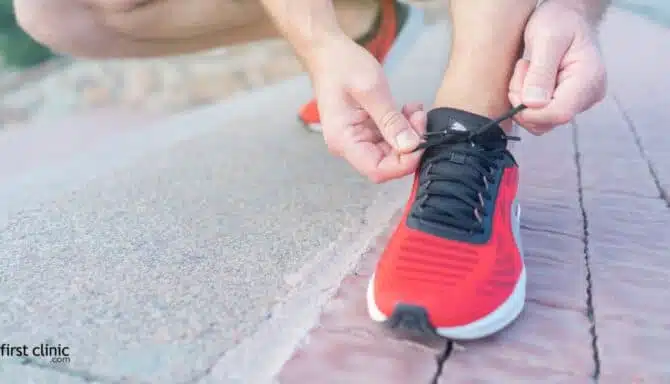Earlier this month, we talked about the frustration of not being able to exercise when recovering from knee and back pain associated with Gait Issues. While any Foot Clinic in Toronto will tell you to refrain from strenuous exercise beyond light walking, stretching and a bit of core work when you are recovering from acute pain and addressing your gait issues, there are a few forms of low impact exercise including swimming, cycling, and yoga that are sometimes acceptable for those who can’t live without regular cardio.
Cycling/Elliptical
Cycling might be okay if your pain is not too intense, however, because your back is in flexion when you’re on your bike, it may aggravate your back pain if you cycle vigorously for long periods of time. Elliptical machines at the gym pose a similar program: working out on these machines is much better than running, however, if you suffer from knee problems, extended use will aggravate those issues. Cycling and elliptical machines might be okay in moderation, just listen to your body and don’t overdo it.
Yoga/Pilates
Pilates strengthens the core which supports the back, and thus, attending a gentle Pilates class with a knowledgeable instructor can be incredibly beneficial. Again, moderation is best since engaging the core for extended periods every day may do more harm than good. Yoga comes in many different flavours, with Yin yoga (a calm, restorative practice) on one end of the spectrum and Bikram (hot yoga originally designed as a military practice) on the other. Doing something closer to Yin might be wise if you are in recovery, but as you feel stronger you might try a Moksha flow class, which is moderate in intensity. If you’re suffering from back pain related to the feet, hot yoga will increase the flow of oxygen and nutrients to your back muscles and relieve the discomfort.
Swimming

For many, it’s a relief knowing that there are low impact exercise alternatives to explore while they are reaping the early benefits of Gait Analysis and Correction.
Injured and Needing a Second Opinion? We Got You Covered
We’re confident in our ability to help inform you and solve your concern with the least amount of discomfort as possible. Call us even to ask about a quick question and we’d be happy to point you in the right direction! Call us at 416-769-3338 or Click Above to Book Your Assessment Today!












